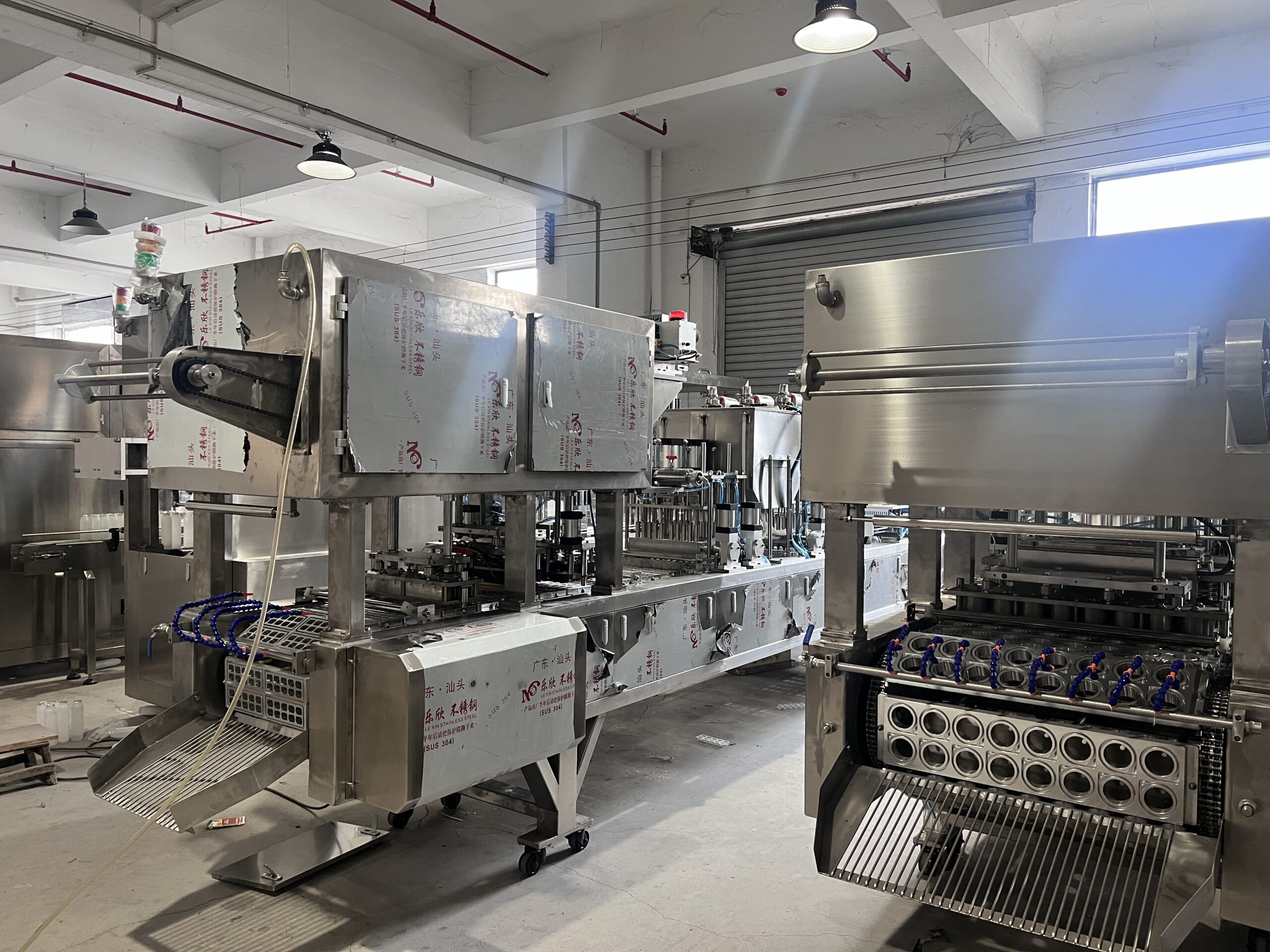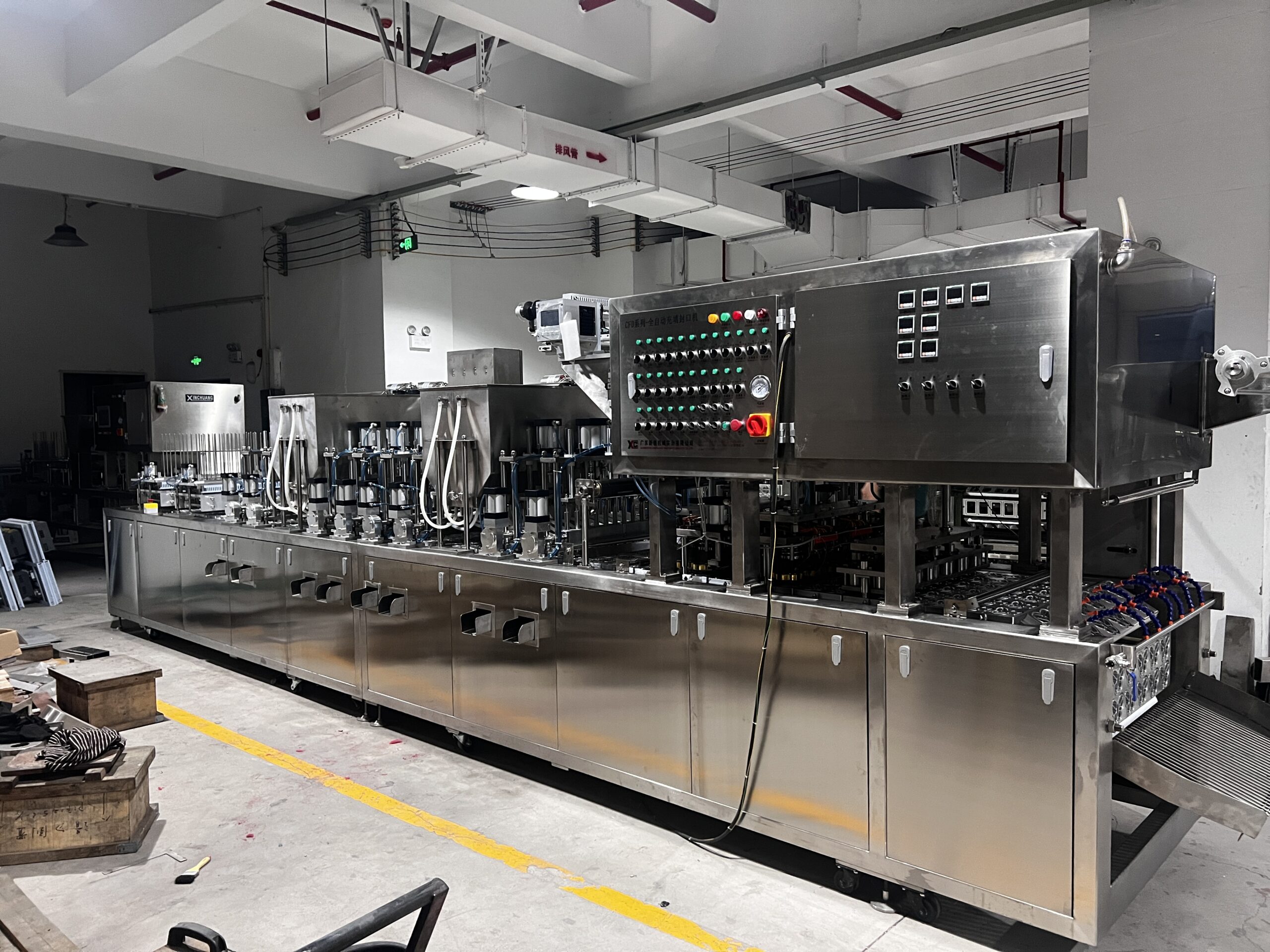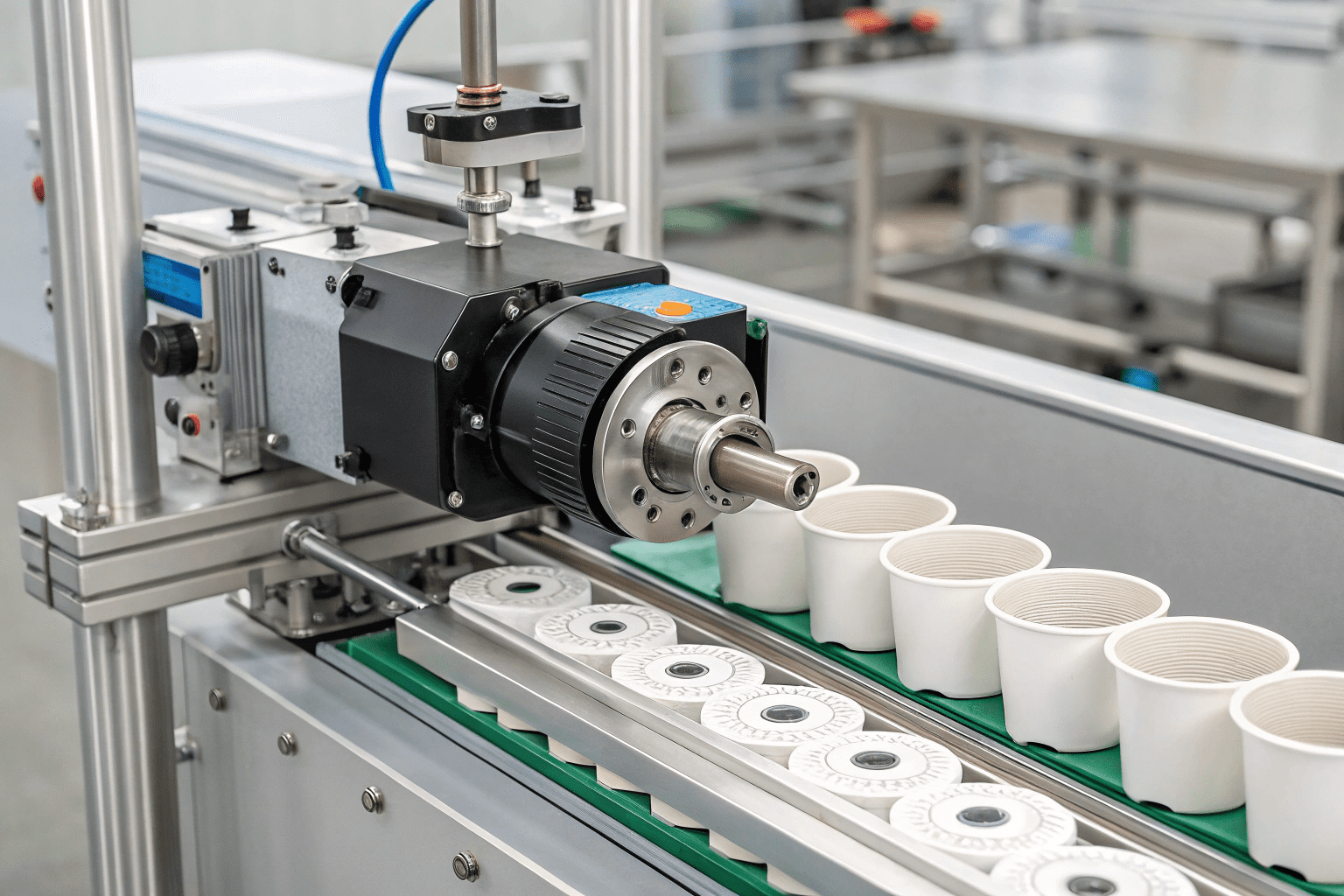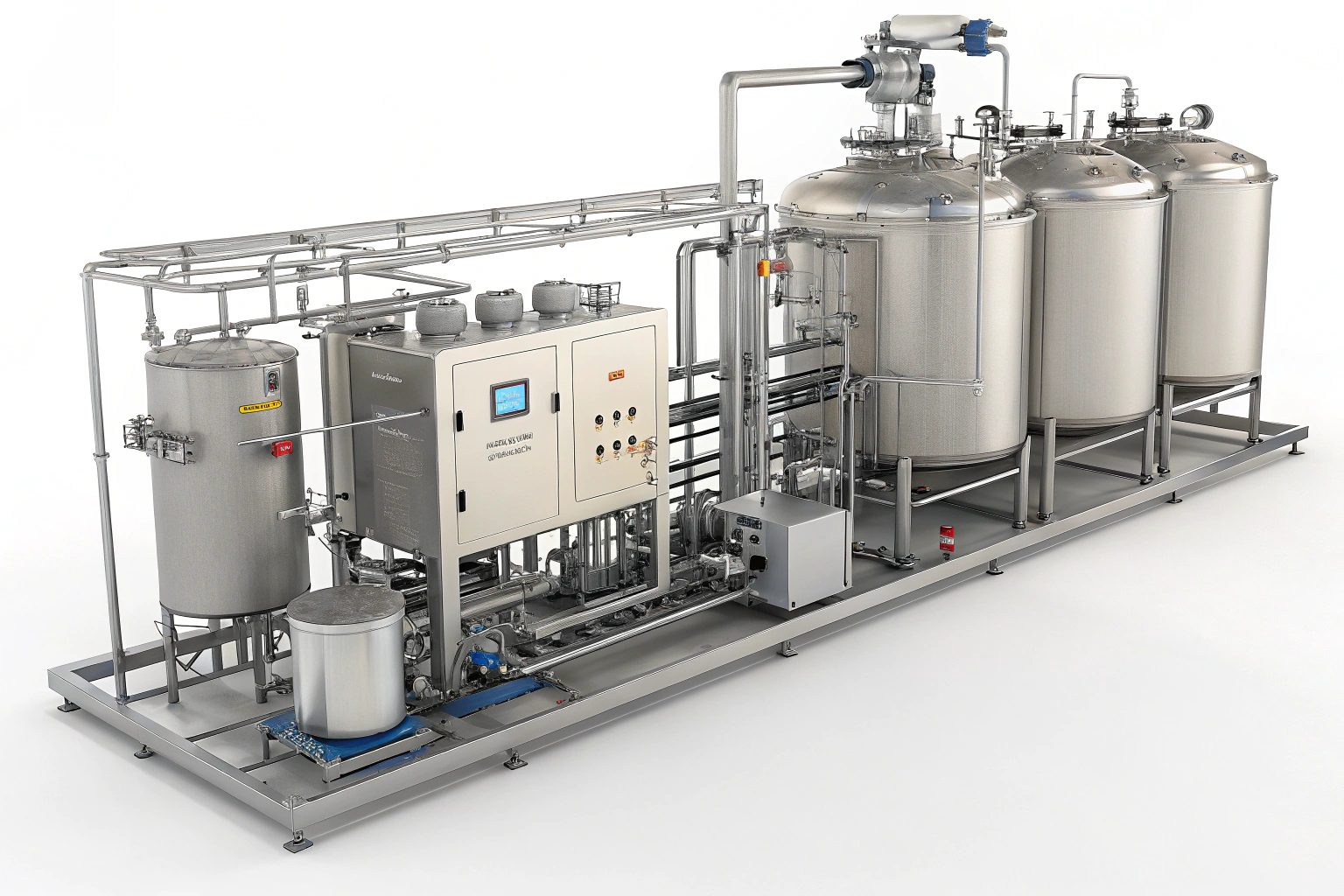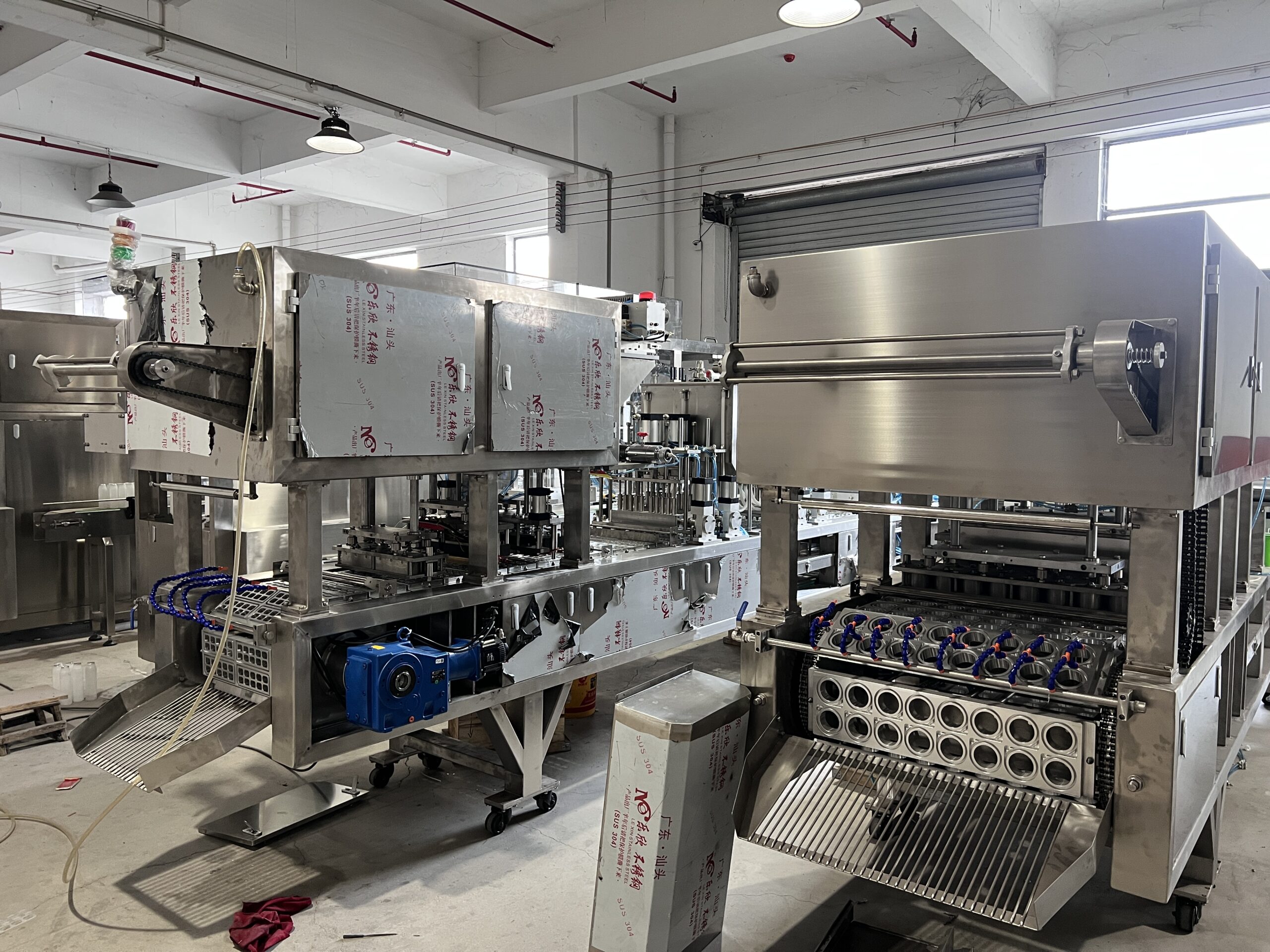Understanding the Different Types of Cup Filling and Sealing Machines: Which One Is Right for You?
Problems with finding the right cup filling and sealing machine? Confused about all the options? You’re not alone. It’s a big decision!
Choosing the right machine means understanding your product, your production needs, and the types of machines available. We’ll break it down, so you get the perfect fit.
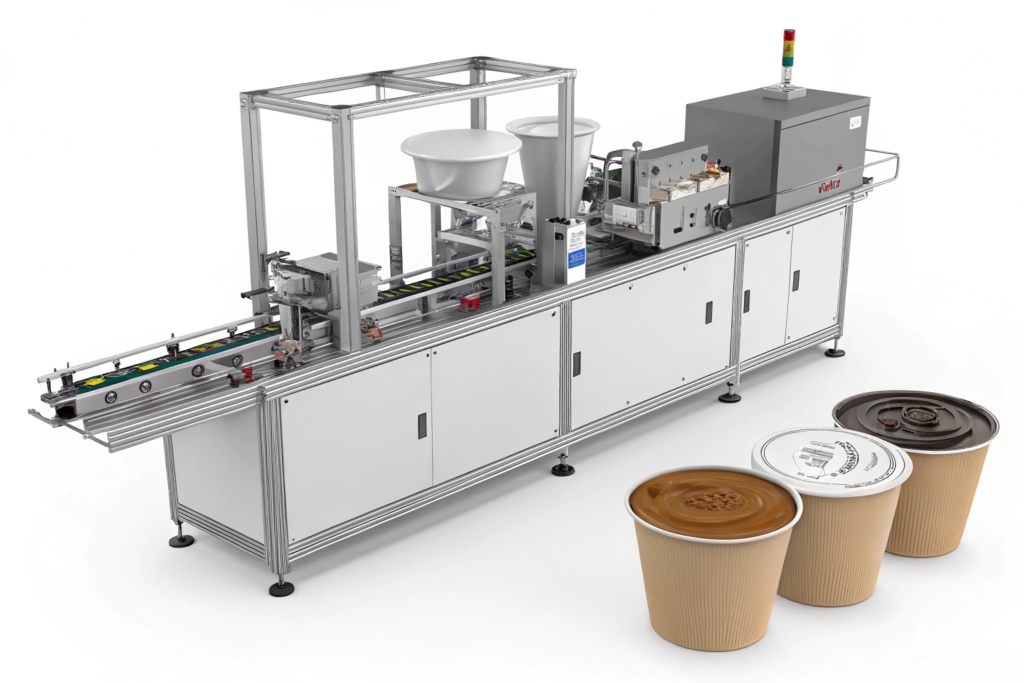
It is important to find the machine. Let’s get into the details so you can choose the best machine.
How do I choose a sealing machine?
Struggling to pick a sealing machine? Overwhelmed by choices? Don’t worry, it’s a common problem.
The best sealing machine depends on your specific needs. Think about the material you are sealing, the speed you need, and your budget. Different machines suit different products.
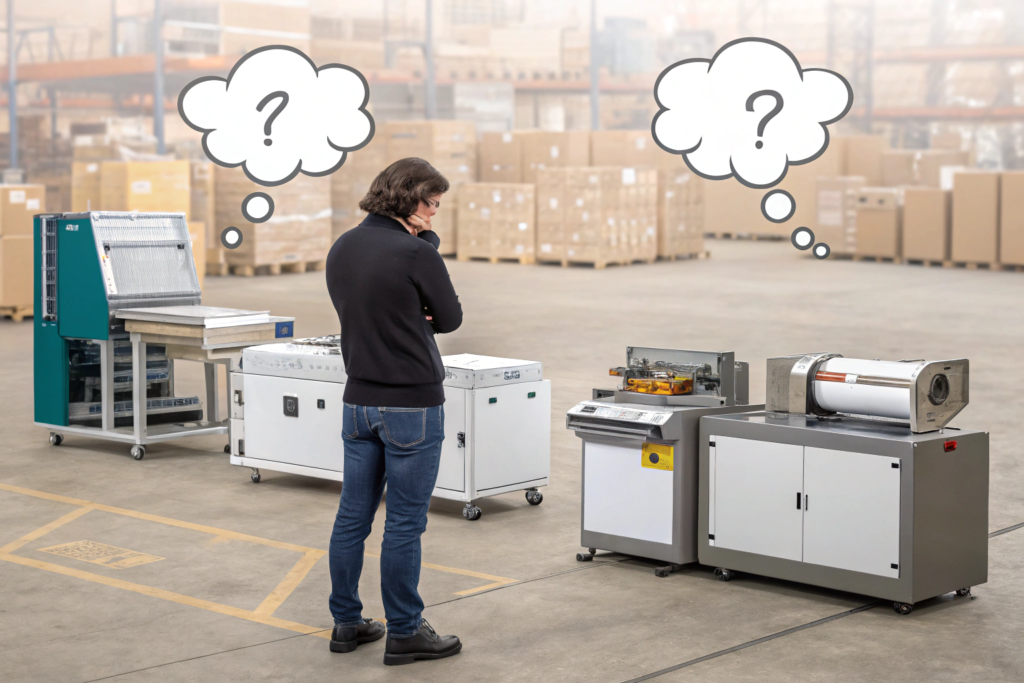
Dive deeper, First, consider what you’re sealing. Are you working with liquids like juice or yogurt? Or maybe something thicker, like jam? Different materials need different filling methods1. A machine designed for thin liquids might not work well with thick pastes.
Next, think about speed. How many cups do you need to fill and seal per hour? A small business might only need a few hundred. But, a large factory could need tens of thousands. There are machines for every production level2, from semi-automatic to fully automated. Finally, you need consider the budget, because it is important.
Here’s a simple table to illustrate this:
| Factor | Considerations | Machine Type Example |
|---|---|---|
| Material | Liquid, paste, granules | Piston pump (liquid) |
| Production Speed | Low (hundreds/hour), High (thousands/hour) | Semi-automatic, Automatic |
| Budget | Small, Medium, Large | Basic, Advanced |
What are the different types of sealer machines?
Different sealer machines exist, and it can be confusing. Feeling lost in all the technical terms? We understand.
Sealer machines primarily differ in how they seal. The most common method is heat sealing, which uses heat to melt a film onto the container. But there are other, less common options.
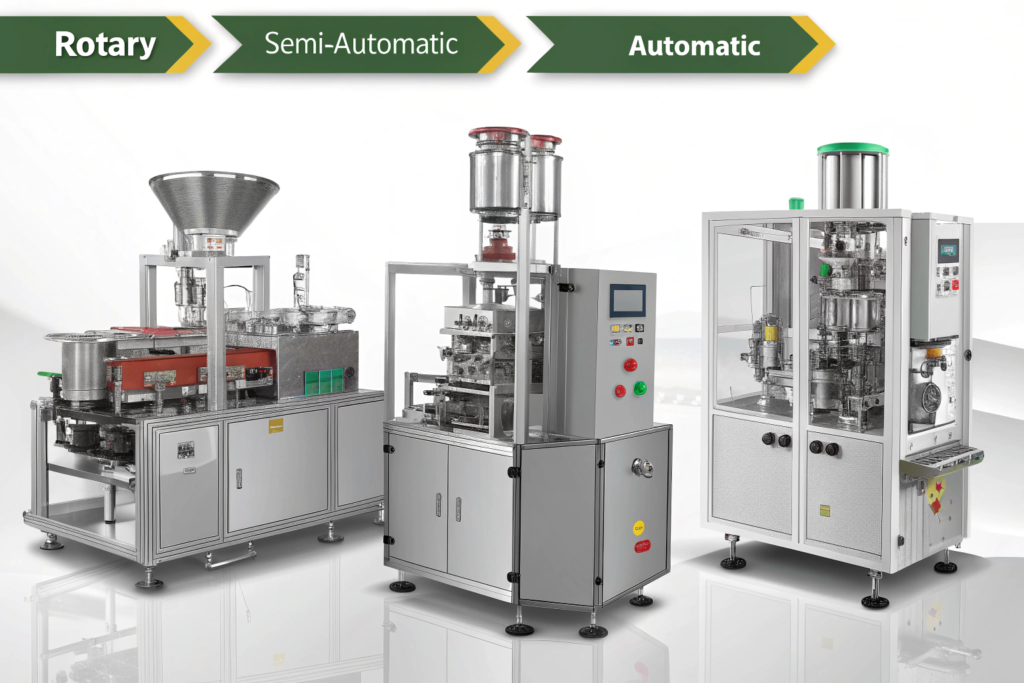
Dive deeper, Heat sealing is popular because it’s reliable and works with many materials. A heated element presses down on a film. And then the film is on the top of your cup or container. The heat melts the film, or a special coating on the film. At last the film creates a strong seal.
Think about cling film on a bowl, but much stronger and more permanent. Other sealing methods, while less common, might be used for specific applications. These could include ultrasonic sealing (using sound waves) or induction sealing (using electromagnetic fields). But, for most food and beverage products, heat sealing is the go-to choice.
Here’s a simple table showing different sealing methods:
| Sealing Method | Description | Common Use Cases |
|---|---|---|
| Heat Sealing3 | Uses heat and pressure to melt a film | Most food and beverage packaging |
| Ultrasonic4 | Uses high-frequency sound waves to create a seal | Some specialized plastics |
| Induction5 | Uses electromagnetic fields to heat a foil seal | Tamper-evident seals on bottles |
How many types of filling machines are there?
Many filling machine types, and this can be overwhelming. Frustrated by jargon and complicated descriptions? Let’s simplify it.
Filling machines are primarily categorized by how they dispense the product: There are two main types: linear and rotary. Linear machines can increase capacity by adding lanes, while rotary machines are better for smaller-scale production.
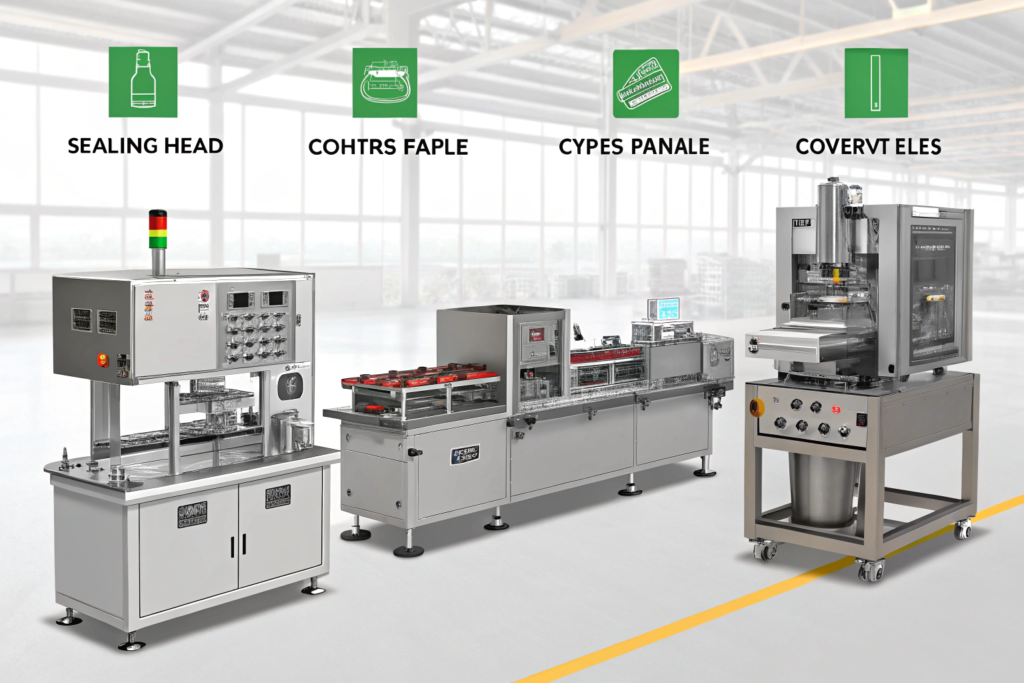
Dive deeper, let’s talk about those two main types: linear and rotary. Linear machines fill containers in a straight line. Think of it like an assembly line. These are great for high-volume production. If you need to fill thousands of cups per hour, a linear machine is probably your best bet. You can even increase their capacity by adding more lanes – like going from a two-lane road to a four-lane highway.
Rotary machines, on the other hand, fill containers in a circular motion. Picture a carousel. These are generally better for smaller production runs. They’re more compact, making them a good choice if you have limited space. Beyond these two main types, there are different filling methods based on what you’re filling.
Here’s a table comparing linear and rotary filling machines:
| Feature | Linear Filling Machine | Rotary Filling Machine |
|---|---|---|
| Production Speed | High (can be scaled with more lanes) | Lower to Medium |
| Space Requirement | Larger | Smaller |
| Typical Use Case | High-volume production | Small to medium-scale production |
What is the use of cup sealing machine?
Confused about what a cup sealing machine actually does? It seems simple, but there’s more to it.
A cup sealing machine creates a secure, airtight seal on cups. This protects the product inside from contamination, extends shelf life, and prevents spills.
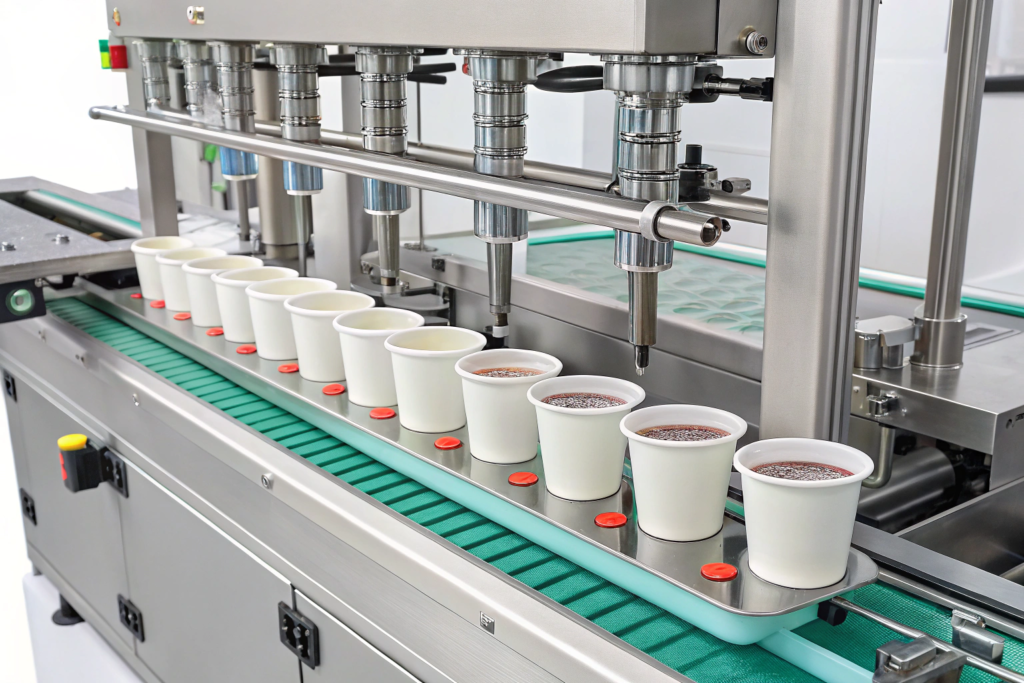
Dive deeper, think about your favorite yogurt or single-serving juice. The sealed top keeps it fresh, right? That’s the primary job of a cup sealing machine. It prevents anything from getting into the cup – like bacteria, dust, or air. This is crucial for maintaining product quality and safety.
It also stops anything from getting out of the cup. No one wants a leaky yogurt container in their lunch bag! The seal keeps the product contained, making it easy to transport and store. The seal also creates tamper-evidence. If the seal is broken, you know the product may have been compromised.
Here’s a table summarizing the benefits of cup sealing:
| Benefit | Description |
|---|---|
| Product Protection6 | Prevents contamination from bacteria, dust, and air |
| Extended Shelf Life7 | Keeps products fresher for longer |
| Spill Prevention | Ensures secure containment for transport and storage |
| Tamper Evidence8 | Provides a visual indication if the product has been compromised |
Conclusion
Choosing the right cup filling and sealing machine is all about understanding your product, production needs, and the different machine types. Get the right machine is important.
-
Understanding various filling methods can help you choose the right machine for your product type, ensuring efficiency and quality. ↩
-
Exploring production levels will guide you in selecting the appropriate machinery that meets your business needs, whether small or large scale. ↩
-
Explore this link to understand how heat sealing works and its significance in food packaging. ↩
-
Discover the innovative uses of ultrasonic sealing in specialized plastics and its advantages. ↩
-
Learn about induction sealing technology and its role in creating tamper-evident packaging. ↩
-
Understanding product protection can help you appreciate how cup sealing enhances safety and quality. ↩
-
Exploring this topic reveals how cup sealing can save costs and reduce waste by keeping products fresh longer. ↩
-
Learning about tamper evidence can enhance your knowledge of product safety and consumer trust in packaging. ↩


